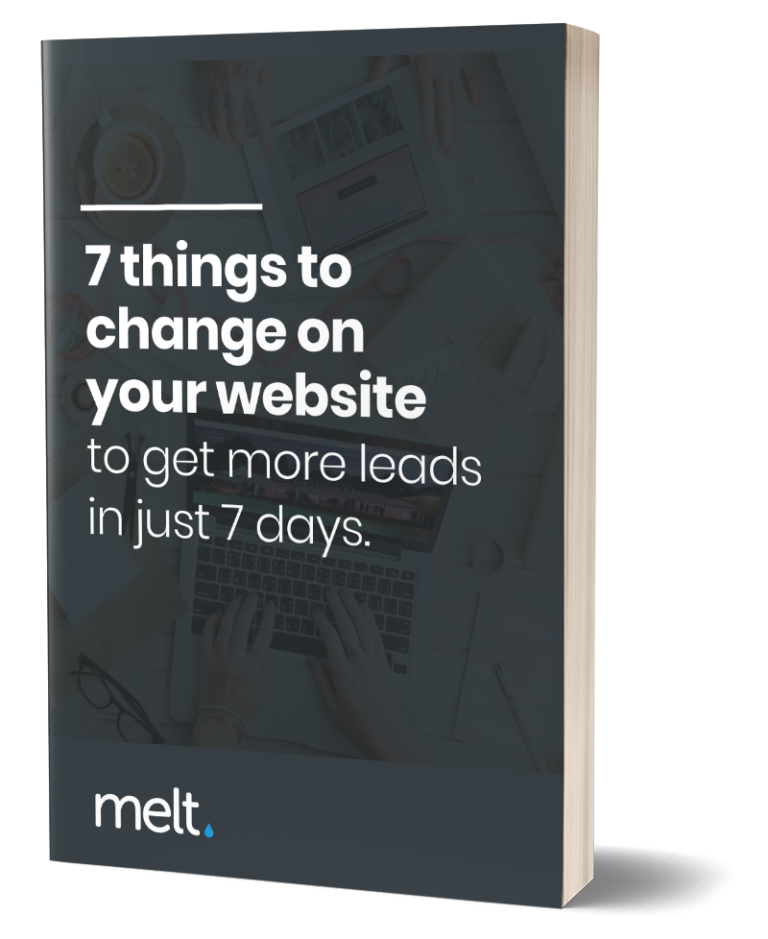Would you like to make sales while you sleep?
Would you like to sell your skills and knowledge for money?
Selling a course is a great way to do this and can help to establish you as an expert in your market opening up new avenues to generate money by launching new services or products.
Information products are one of the fastest growing industries around.
People always desire to learn and improve, so the demand for information isn’t going to disappear soon especially with the technology available to us.
Selling courses can be highly profitable, but that doesn’t mean that it’s an automatic winning solution every time. There are plenty of things to think about before you get started.
Let’s run you through five key elements of launching a course online.
Finding Something to Teach – If you want people to pay for your courses, you need to have something worth selling.
There’s a lot of competition out there, so you can’t just do the basics and expect floods of people coming in to learn (unless you’re exceptionally good at promoting and teaching your subject of course.)
That means you need to find something to teach that you’ll be good at teaching, know a lot about and that there isn’t already hundreds of other courses on the same subject already.
Don’t just assume you’ll be able to teach whatever you want. Put some research and thought into it and make sure that you’ll be able to gather an audience or you’re just wasting your time.

Discover where your website is holding you back with a free, personalized audit report. Uncover what's keeping your site from reaching its full potential and start taking action today!
Try surveying your current customers, search for similar courses online, are they good, bad or brilliant and can you bring a unique spin to things that add extra value that people will be willing to pay for.
Creating Content
This is where the fun and work begins.
You’ll need a plan, how are you going to deliver the content, video, audio, docs.
What are the elements/modules of the course?
What is the structure of the course?
If you don’t plan this from the start, you are likely to produce a course that’s very disjointed with no structure and flow.
Creating good quality content like this takes a lot of work, and that’s so important when people are paying for it. If you do a poor job, it will be more damaging than not doing it at all, especially once you factor in all the costs of production.
Don’t strive for perfection right out the gate – if this is the first time you’re creating a course then trying to perfect every detail will only hold you back from launching the course. If your course offers great benefits to the user, then get it out. If it sells you know, you have a course people want to buy.
You can ask for feedback – come back and add to or polish the content then.
Pricing
What to charge for your course depends on a lot of factors.
I’ve seen courses on the same subjects vary wildly. It will also depend on the amount of value you’re giving, how long it will take to complete and the value it solves – A 1-hour video is likely to cost a lot less than thirty.
Do some research on what related courses are selling for in your market – how bigs your audience to launch to, how established are you.
Picking the right platform
There are tonnes of platforms out there for selling courses online, all with their benefits and disadvantages. If you want to sell courses online, you’ll need to find one that fits what you want to sell and how you want to sell it, as well as making sure it meets your price point.
You can always have your membership website built to sell courses, but this will dramatically increase your costs, but you will own the site outright.
Do you want to be able to drip-feed the course content on a monthly payment?
Or give full access once they’ve downloaded the course?
Here are a few of the tools I’ve used and would recommend for selling your courses
Click Funnels – This is an online marketing and sales funnel builder.
Designed to be super easy to build your sales funnels for your course and set up a mini membership to protect your content until someone has paid. You can integrate the tool with multiple marketing tools, custom domains and even SMS marketing.
Pro’s and cons – Easy and quick to set up, split testing tools to test offers and price points, Expensive monthly software that you don’t own.
Teachable – Is an online platform designed specifically for selling courses online – It’s super easy to use but does have some really cool features like drip feeding your courses. You can get started for free, but the percentage of what you pay on these transactions can be expensive and the features are limited.
Pro’s and cons – Easy and quick to set up, nice course management features, you can get started for free – software that you don’t own, payment charges can be steep.
Take a look at Teachable here.
WordPress + course plugin
The alternative to an online tool is to host it on your WordPress site, but that comes with different costs and challenges. You’ll likely need a web designer/developer to help you to put it all together. In any situation, there’s going to be an upfront cost to hosting your site and setting it up.
There are lots of options out there for selling your courses with WordPress.
Some of the WordPress plugins we like are Zippy Courses and Learndash.
I would suggest this option if you are looking to build a bigger training platform and would like to have multiple points of access to your different courses as well as full control of your site and your content
Pro’s and cons – Fully customisable, nice course management features, you own everything – longer time and skill level required to get started
More importantly, you need to make sure whichever one you choose won’t cost more than you can sell your courses for.
If you don’t know that there’s a market for what you’re selling, then paying for a platform is just going to be a waste of money. That’s why you need to do your research before you just dive in blindly.
Payment gateways
What system will you use to take the payments for your courses?
Most systems will always as standard connect to Paypal and Stripe.
Simply because they are super easy to set up and take payments with.
Other payment gateways can take a lot of time to set up and make you jump through a lot of hoops. And when you do start to sell online you’ll be hit by lots of small hidden charges that soon start to mount up.
Paypal is a well known and trusted payment method, so you won’t go wrong using this either.
I always use Stripe personally – It’s so easy just to set up and use compared to the other systems.
Email Marketing Integration
Once you’ve sold your course, you’ll want to be able to pass your new found customer into your CRM or email marketing system so that you can store them as a customer for this product but you’ll also want to guide them through the first steps of the course.
You may have a bigger play in place where you aim to move people from the course into another course, consultancy service or product. This is where you’ll want your email marketing automation to kick in.
If you’d like to know more about email marketing automation
Promoting Your Online Course
Just like all content created online, it’s no use making it and then just letting it sit there, hoping that hundreds of people will coincidentally stumble on it by themselves. You’ve got to put the work in to promote it once it’s been created.
That means putting in work on social media, SEO, email marketing and paid advertising, and not letting up. Unlike other content, which has a short life cycle, your online course is going to be evergreen. That means it needs to keep bringing people in, so you need to keep promoting it.
You could consider using an affiliate marketing programme to help you drive traffic, or contacting other blogs and forums in your industry and ask them to advertise on their sites.
Benefits and Return on Investment
If you can commit to the work, time and money that it takes to create and promote an online course, then there are plenty of benefits to consider.
First, if you create a good course, you only need to create it once. The upfront investment might be large, but if you can commit to it you may well continue reaping the rewards for years to come.
If the costs of promotion and maintaining your platform are lower than the number of people paying for your course, then after a certain point you’re just making pure profit.
It will be an asset for your business that you can use in a multitude of ways.
You can have your video and audio transcribed into blog posts and lead magnets – It also gives you a starting point for a book – if that is a route you’d ever like to go down.
You could even give the course away for free as a lead generation tool to help move people over to a higher end consultation service or done for you service.
I hope you found this post helpful. We’d love to hear your thoughts on selling courses, online. What challenges are you facing, what are your favourite tools for the job and what kind of results have you seen?

